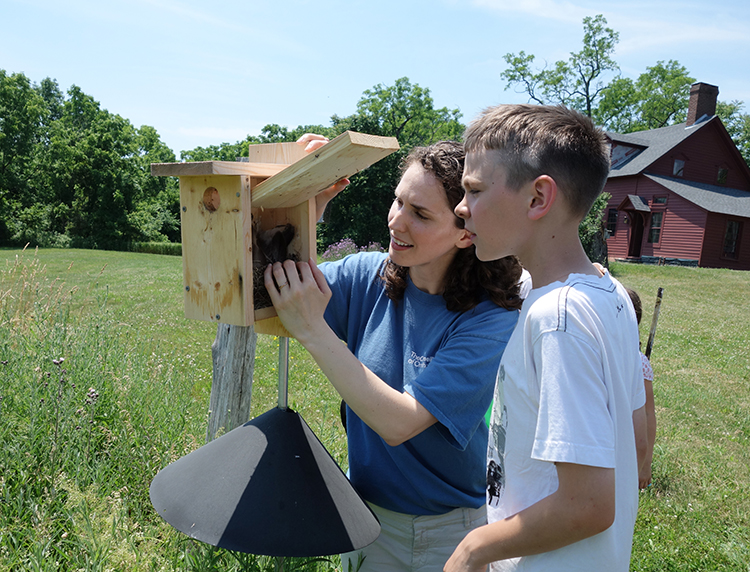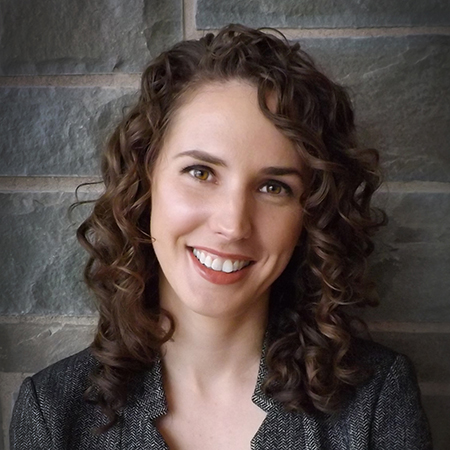By Robyn Bailey
NestWatch Project Leader at the Cornell Lab of Ornithology
You might have heard that more than 51 million people in the United States and Canada participate in birdwatching as a hobby, but you may be surprised to learn that nearly half of all private landowners provide at least one nest box (or “birdhouse”) on their property. The average, according to one survey, is about four nest boxes per parcel. That’s a lot of birdhouses, which presents a big opportunity to capitalize on both sustainably-produced forest products, and the enthusiasm of the citizen scientist bird watcher.

Bird lovers tend to be passionate about responsible use of forest resources, overwhelmingly choosing to purchase products made from recycled materials and patronizing environmentally responsible companies. So it makes sense that they would want to seek out responsibly-sourced forest products when making or purchasing homes for cavity-nesting birds. That’s why the Cornell Lab was particularly excited to partner with the Sustainable Forestry Initiative (SFI) this year to bring our shared love of birds and the forests they depend on into the lives of burgeoning conservationists and future forest leaders.
In a novel program, NestWatch partnered with SFI, through the SFI Conservation and Community Partnerships Grant Program, to develop an afterschool curriculum focused on middle-schoolers. The program empowered them to build their very own nest box out of wood products certified to the SFI Forest Management Standard, which they could then monitor as a citizen scientist.

It has been fun seeing the kids’ reactions to the nests and birds and how much they have learned in the process. I really hope some of them are able to channel their passion into lifelong support for conservation and perhaps, for some, even into a career in biology or forestry.
What I like about this project is its scalability. Just imagine if we could get bird nesting boxes into the hands of every kid in North America, and give them the opportunity to see nests and eggs and witness the vulnerable, complicated reality of breeding birds.
But we’re not stopping with youth. We’re setting our sights high, hoping to engage forest managers, landowners, and agroforestry professionals in our growing network of volunteer nest monitors. The more we know about how nesting birds are faring across different forest types, the better we can recommend best practices for retaining breeding birds in managed habitats. If the average bird watcher can host four nest boxes, how many more nesting opportunities can we provide in managed forests across the continent?

Acknowledgements
In addition to SFI and the Cornell Lab of Ornithology, partners include Cornell University Cooperative Extension of Columbia, Greene, and Jefferson Counties, and New York State 4-H, with additional support from the USDA National Institute of Food and Agriculture for Smith-Lever project 2015-16-110.